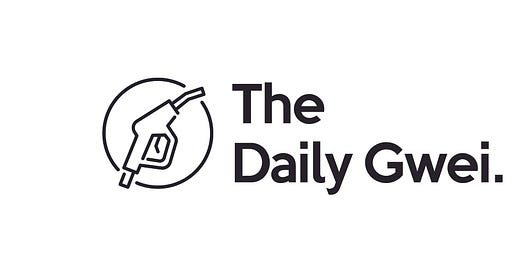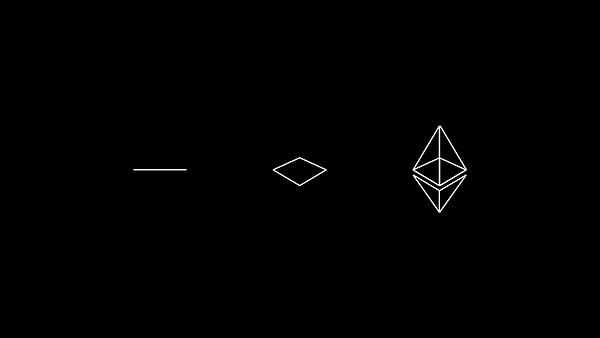The arc of technological innovation over the last 20 years has been nothing short of astounding. The world’s communications technology went from being siloed, clunky and slow to open, fluid and near-instantaneous. Now we’re entering a new era that people are calling “web3” which aims to bring all of this innovation together and place a “money/value layer” on top of it.
The web’s development over the years is usually broken down into 3 distinct categories - web1 which introduced simple static websites (information), web2 which was the introduction of user-generated content/social media (people) & more feature-rich websites, and web3 which aims to decentralize the entire web and adds in a native value transfer layer. Programmable blockchains like Ethereum allow for this value transfer layer that can be integrated within the new decentralized web but also work to complement web2.
On that note, what I really love about web3 (as a broad category) is that it brings together all of the things we already have from web1 and web2 and works to enhance them rather than replace them. We all still use web2 apps today (Twitter, Discord, Telegram etc) in unison with the emerging web3 technologies like Ethereum - it’s not a zero-sum game - it’s just people using whatever works best for them. Though in the future, for the web3 dream to be fully realised, we need to ensure that we create and promote the adoption of decentralized alternatives to popular web2 apps. Ironically, this is probably a much more difficult thing to do than disrupting the traditional finance world because web2 is actually quite innovative and nimble (whereas TradFi is basically the complete opposite).
Of course, what I get most excited about is this concept of a “value transfer layer” for the internet. We have quite literally never had this before crypto - the “fintech” apps that build upon the old rails with fancy UI/UXs do not fall into this category - they are simply band-aids for the very broken existing system. What Ethereum and other programmable blockchains provide are entirely new rails for financial primitives to be built upon and, because these primitives are totally open, other things like decentralized apps can tap into all of it.
We really are just at the very beginning of web3 and there’s still at least 5 to 10 years worth of work to do to get web3 to the point that web2 is at today. I don’t know about all of you, but I was unfortunately too young to participate in the rise of the internet/web (I was born in 1992) - so I couldn’t be more excited to be able to witness and play a part in the rise of web3 - it’s only going to get better from here!
Have a great day everyone,
Anthony Sassano
Enjoyed today’s piece? I send out a fresh one every week day - be sure to subscribe to receive it in your inbox!






